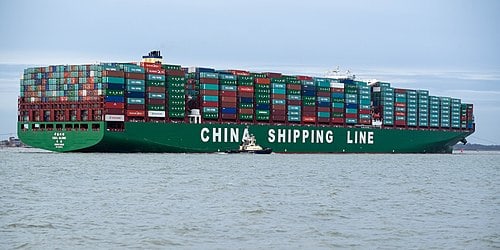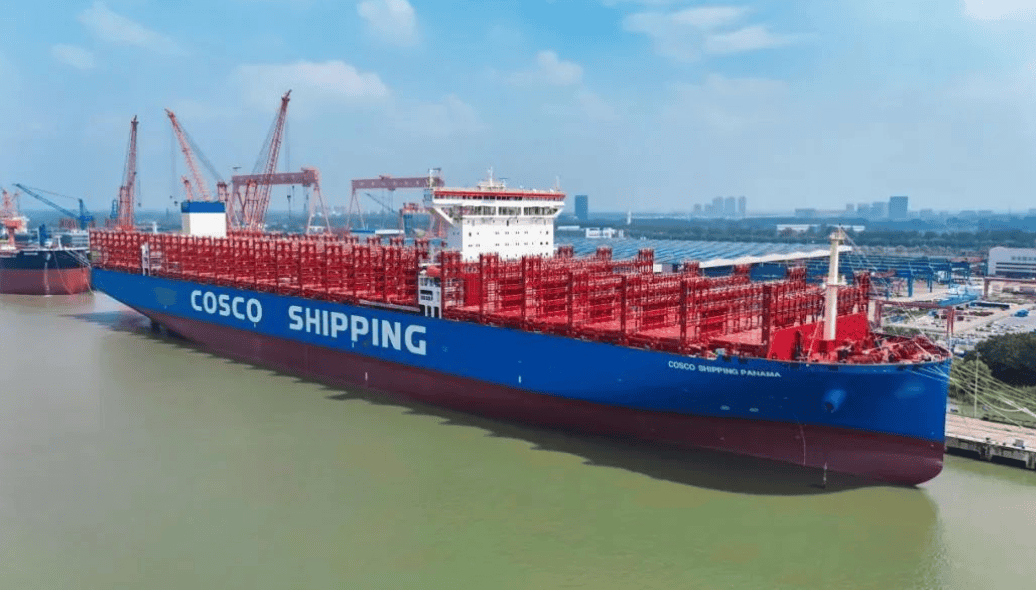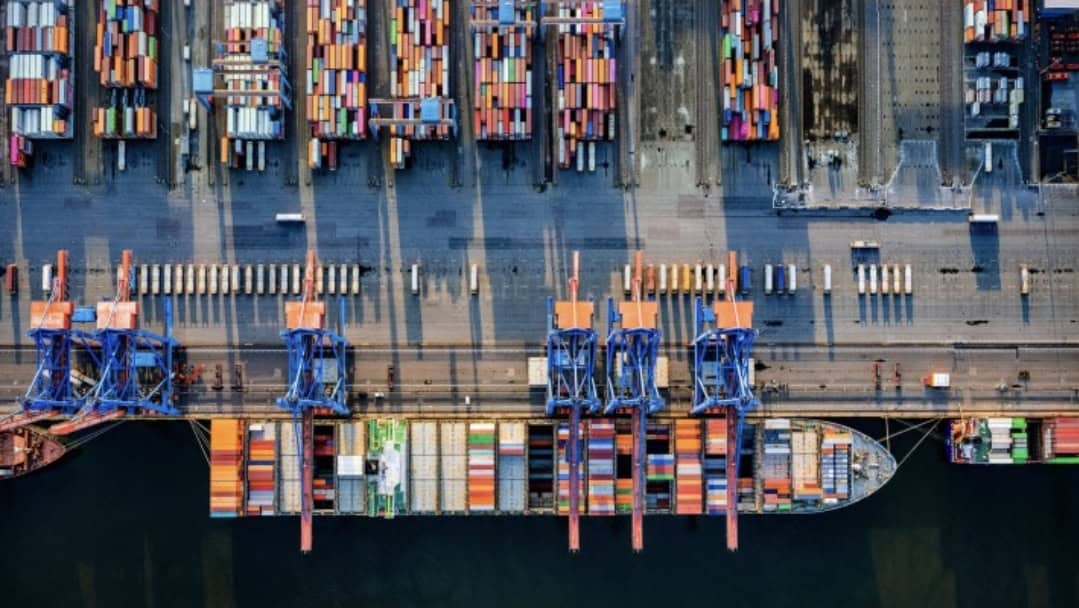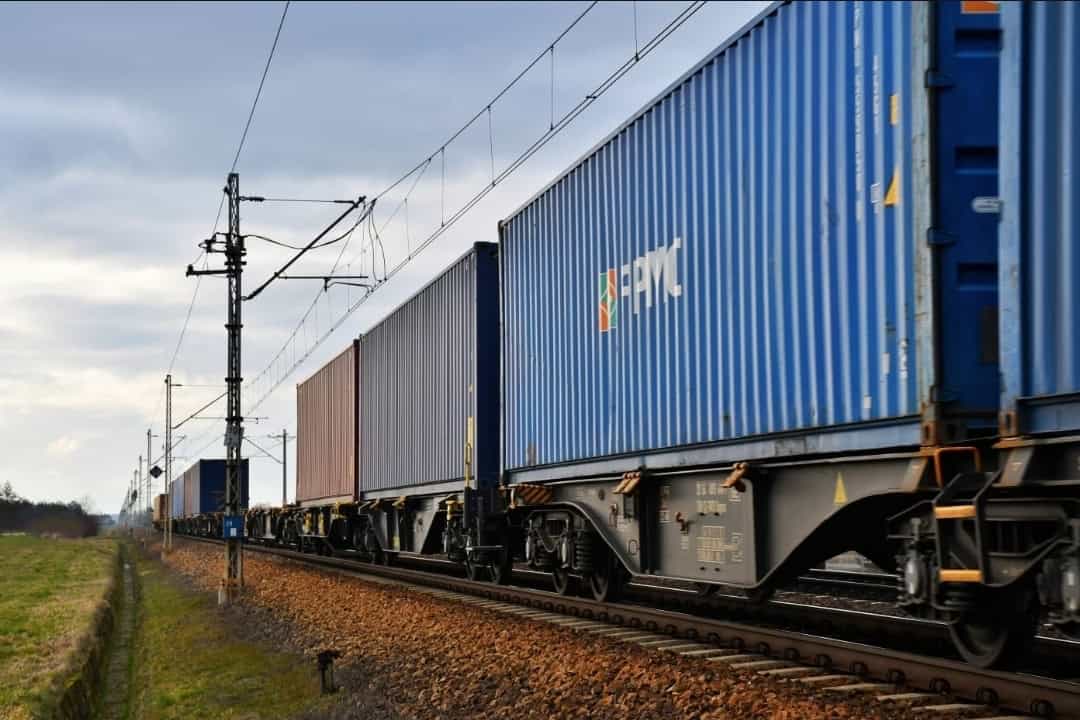China has made it clear it will not remain passive in the face of Washington’s decision to introduce port fees on vessels linked to the country. Beijing has already prepared a legal framework for retaliatory actions that could significantly affect global maritime trade.
U.S. Plan: Fees as a Tool of Pressure
The Office of the United States Trade Representative (USTR) announced that starting October 14, 2025, new port fees will apply to vessels connected to China. The measure will cover ships registered in China, operated by Chinese firms, or built in Chinese shipyards.
Washington argues that the fees are intended to offset what it sees as China’s unfair advantage stemming from a heavily subsidized shipbuilding industry and dominance in the container shipping market.
Beijing Responds: Legal Changes and Retaliation
China’s State Council has approved amendments to its regulations on international maritime transport. The new provisions give authorities the right to take countermeasures against countries—such as the U.S.—that impose “discriminatory restrictions” on Chinese operators.
These countermeasures may include:
special port charges imposed on vessels from countries applying such restrictions,
limitations on access to Chinese ports for those vessels,
bans and restrictions on foreign companies operating in China’s maritime and logistics services sector.
Industry sources report that one possible measure could be a fee of 18 U.S. dollars per net ton of cargo capacity for ships from “unfriendly” countries.
Risk of Escalation and Global Consequences
While Beijing signals readiness for a firm response, experts warn that implementing retaliatory measures could further escalate the U.S.–China trade dispute. This would likely lead to higher transportation costs, supply chain disruptions, and uncertainty in the logistics sector.
Some operators may try to bypass restrictions by reflagging vessels under neutral registries. At the same time, such measures could potentially violate international agreements, opening the door to disputes at the World Trade Organization (WTO).
What’s Next?
Beijing’s message is clear: it will not bow to U.S. pressure. For global shipping and trade, this signals a period of heightened uncertainty, with rising costs and increased risks.
The coming weeks will reveal whether both sides attempt to negotiate a compromise—or if the dispute escalates into a full-scale maritime trade conflict.



